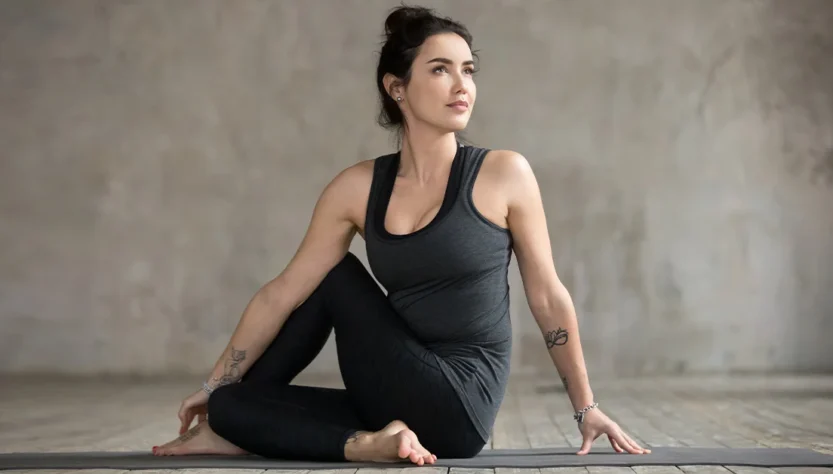Introduction: Stretching your glutes, short for the gluteal muscles, is a crucial aspect of any well-rounded fitness routine. These muscles, consisting of the gluteus maximus, gluteus medius, and gluteus minimus, play a pivotal role in various activities, including walking, running, sitting, and just about any lower-body movement. Neglecting your glutes can lead to discomfort, poor posture, and even decreased athletic performance. In this article, we will explore the importance of glute stretches and provide you with some effective stretches to help keep these muscles in optimal shape.
Why Stretch the Glutes?
- Relieving Tension and Discomfort
Gluteal muscles often accumulate tension due to prolonged periods of sitting, physical activity, or muscle imbalances. Stretching your glutes helps release this tension, which can alleviate discomfort and promote better posture. If you experience lower back pain or hip tightness, tight glutes might be the culprit. - Improved Range of Motion
Flexible glutes lead to improved range of motion in your hips and pelvis, allowing for smoother, more efficient movement. Whether you’re an athlete aiming to improve your athletic performance or simply looking to maintain mobility as you age, flexible glutes are essential. - Enhanced Athletic Performance
Athletes, in particular, benefit from flexible and strong gluteal muscles. The glutes play a vital role in powering movements like running, jumping, and changing direction. By keeping your glutes in peak condition, you can enhance your athletic prowess and reduce the risk of injuries. - Injury Prevention
Stretching your glutes can help prevent injuries by reducing the risk of muscle strains and imbalances. By maintaining their flexibility, you ensure that your glutes can absorb shock and distribute forces evenly during various physical activities.
Effective Glute Stretches
- Glute Bridge Stretch:
- Lie on your back with your knees bent and feet flat on the floor.
- Lift your hips toward the ceiling by engaging your glutes.
- Hold for 20-30 seconds and repeat 3-4 times.
- Pigeon Pose:
- Begin in a tabletop position, with your hands and knees on the floor.
- Bring your right knee forward and place it behind your right wrist.
- Extend your left leg behind you.
- Lower your upper body towards the ground and hold for 20-30 seconds on each side.
- Seated Glute Stretch:
- Sit on the floor with your legs extended.
- Cross your right ankle over your left knee.
- Gently press down on your right knee to feel the stretch in your right glute.
- Hold for 20-30 seconds on each side.
- Lunging Glute Stretch:
- Step your right foot forward into a lunge position.
- Lower your hips and bend your right knee.
- Tuck your tailbone under to intensify the stretch in your left glute.
- Hold for 20-30 seconds on each side.
- Standing Glute Stretch:
- Stand with your feet hip-width apart.
- Cross your right ankle over your left knee.
- Sit back into a mini squat, keeping your back straight.
- Hold for 20-30 seconds on each side.
Conclusion
Stretching your glutes is a simple yet effective way to maintain flexibility, alleviate discomfort, and enhance your physical performance. Whether you’re an athlete or just someone looking to improve your daily comfort, incorporating regular glute stretches into your fitness routine is a wise choice. Don’t neglect these essential muscles; your body will thank you for keeping your glutes in top shape. So, make these stretches a part of your routine and reap the benefits of a healthier, more flexible lower body.

